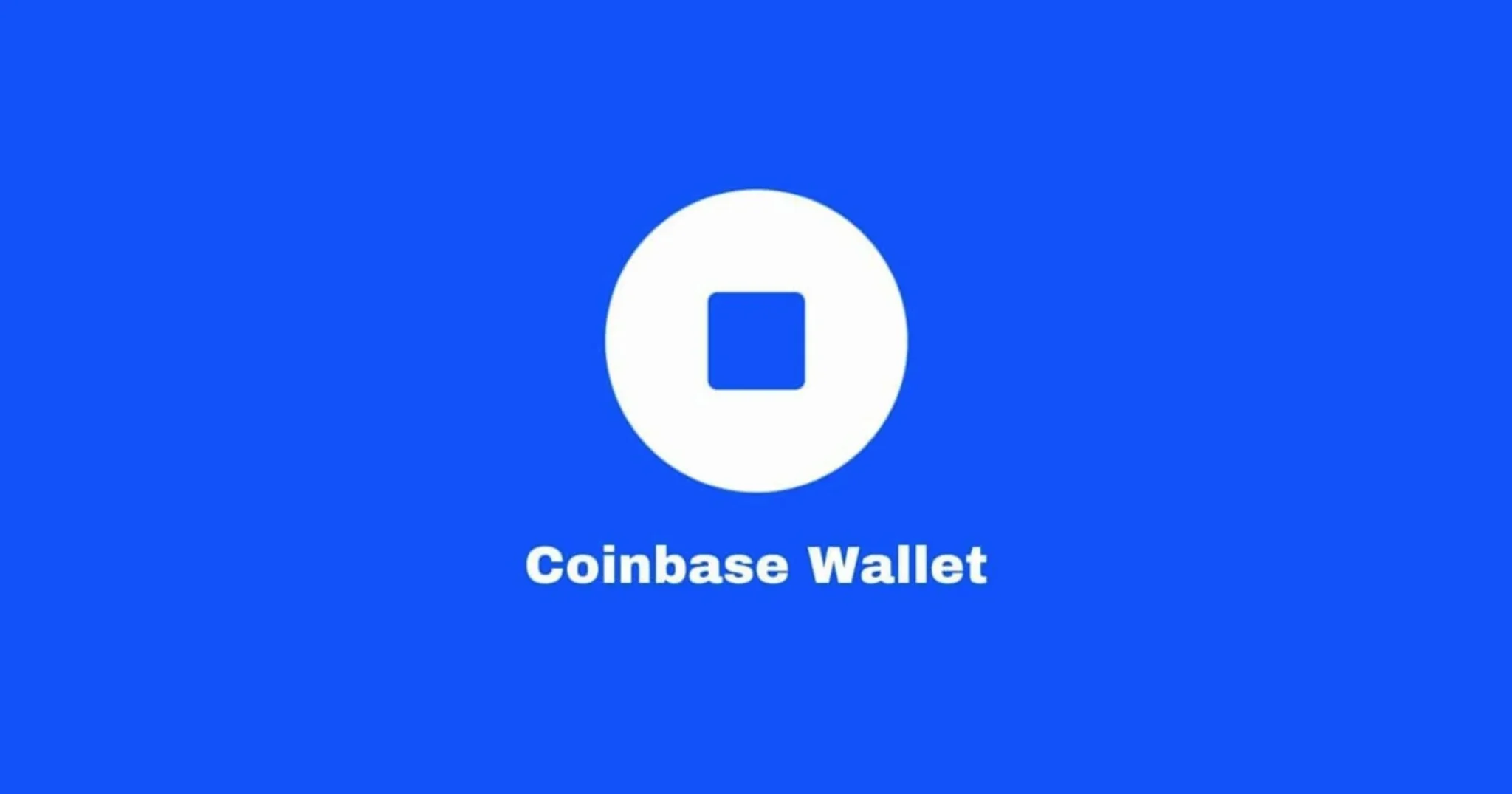Proof of Stake slashes energy waste and punishes dishonest validators—yet it’s shaking up blockchain trust like never before. Here’s why it matters.
Ever wondered how does a Proof of Stake work? Well, buckle up because it’s the backbone that many top blockchain networks swear by, including Ethereum and Cardano. If you’re scratching your head over why Proof of Stake (PoS) is suddenly everywhere, it’s because this system keeps blockchains running smoothly without guzzling insane amounts of energy like its older sibling, Proof of Work (PoW).
So, what is Proof of Stake in simple terms? It’s a consensus mechanism that selects who gets to add new blocks to the blockchain based on how many coins they “stake” or lock up as collateral. Think of it as a lottery, but instead of buying a ticket, you hold some coins and show you’re serious by putting them on the line.
“Proof of Stake selects validators based on the number of tokens they hold and lock up as stake, rewarding honest behavior and penalizing dishonesty.” — CoinDesk
Choosing Validators: Not Just a Random Draw
In PoS, nodes called validators are responsible for proposing and confirming new blocks. But unlike Proof of Work’s energy-hungry mining race, validators get to create the next block based on a combination of factors. It’s not just who holds the most coins; systems often weigh the size of the stake and sometimes include an element of randomness. This approach stops big players from monopolizing block production and keeps the process fair-ish.
Validators have to lock up a certain amount of cryptocurrency as a stake. This isn’t just a casual commitment; they stand to lose part of it if they play dirty. The rationale? If you’re putting your own money on the line, you’re less likely to cheat the system.
The Dreaded Slashing Conditions
Let’s talk about the blockchain’s version of a hall pass violation: slashing. Validators can get their staked coins partially or fully “slashed” if they behave maliciously — like validating contradictory transactions or going offline during critical moments. You mess up, you pay up.
Slashing is the ultimate accountability mechanism. It keeps validators honest because the penalties can be devastating. Oh, and it’s not just for intentional sabotage; even careless mistakes can cost you your stake.
“Slashing enforces validator honesty by financially punishing protocol violations, thereby securing the network against attacks.” — Ethereum Foundation
Rewards That Hold Networks Together
If you’re doing your job right in the PoS system, you get rewarded — usually with more tokens. This incentive is a neat trick for encouraging validators to stick around, safeguard the network, and verify transactions properly.
The reward structure varies by blockchain. For instance, Ethereum offers staking rewards proportional to your locked stake and uptime, meaning the better you perform, the bigger your cut. Cardano, on the other hand, decentralizes a bit by allowing stake pools where smaller holders can join forces to increase their chances of getting rewards.
Why Stake When You Can Just Mine?
Mining sounds fancy, but it burns through electricity like there’s no tomorrow. Proof of Stake sidesteps this waste with a process that’s less about muscle power and more about holding “skin in the game.” It’s green, scalable, and less susceptible to the kind of centralization we’ve seen in mining farms.
“PoS reduces energy consumption drastically, offering a sustainable alternative to traditional mining consensus.” — Cardano Foundation
Bottom line? In Proof of Stake, you’re not just trusting anyone to keep the blockchain honest. Validators have a financial stake — literally — in the outcome, making them less likely to wreck the system. With slashing to keep them in check and rewards to keep them bonding with the network, PoS is poised to keep decentralized ledgers humming for years to come.





